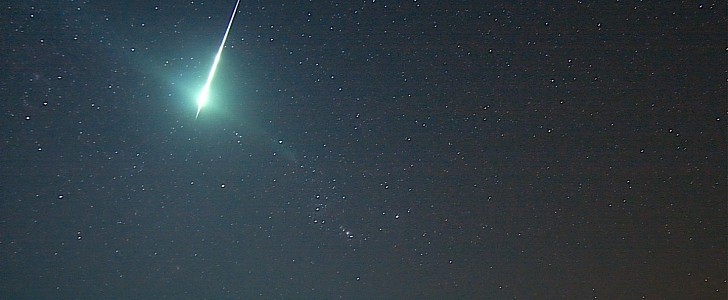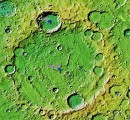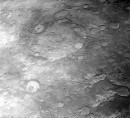At our present level of technological development, all we can do about meteors and asteroids threatening our planet is detect (maybe) and classify them, in the hopes we can get a better understanding on how to mitigate space dangers in the future.
To classify them, we need data, and believe it or not, there’s plenty of that to go around. The U.S., for instance, has a whole network of sensors dedicated to the detection of “atmospheric impact events.” Being owned by the government, these sensors are not meant for anyone to access, so the data they've collected over the years is not exactly public.
Or, to be correct, wasn’t exactly public, as an agreement between NASA and the U.S. Space Force will make it available to the interested parties in general, and the space agency in particular.
According to NASA, scientists will now get access to decades of data collected by the sensors, and that’s an invaluable resource when it comes to devising new planetary defense tactics, which could help shield us from “the effects of impacts by larger asteroids that could one day pose a threat to Earth.”
Over the years, information was collected on the changing brightness of bolides (bolides are meteors that explode into fireballs in our atmosphere, and they do so at a rate of about several dozens per year). Called light curves, this change “captures the optical intensity variation during the several seconds of an object’s breakup in the atmosphere,” and can help derive “the approximate total radiated energy and pre-entry velocity vector.”
As with anything in life, chances of better protecting ourselves increase the more we know about the threat. Yet, as shown by a tabletop exercise conducted by NASA and others back in 2021, at our present level of technological development not even a six-month warning and the availability of nuclear weapons won’t be enough to save us if an asteroid decided to head this way and end us all.
Or, to be correct, wasn’t exactly public, as an agreement between NASA and the U.S. Space Force will make it available to the interested parties in general, and the space agency in particular.
According to NASA, scientists will now get access to decades of data collected by the sensors, and that’s an invaluable resource when it comes to devising new planetary defense tactics, which could help shield us from “the effects of impacts by larger asteroids that could one day pose a threat to Earth.”
Over the years, information was collected on the changing brightness of bolides (bolides are meteors that explode into fireballs in our atmosphere, and they do so at a rate of about several dozens per year). Called light curves, this change “captures the optical intensity variation during the several seconds of an object’s breakup in the atmosphere,” and can help derive “the approximate total radiated energy and pre-entry velocity vector.”
As with anything in life, chances of better protecting ourselves increase the more we know about the threat. Yet, as shown by a tabletop exercise conducted by NASA and others back in 2021, at our present level of technological development not even a six-month warning and the availability of nuclear weapons won’t be enough to save us if an asteroid decided to head this way and end us all.







